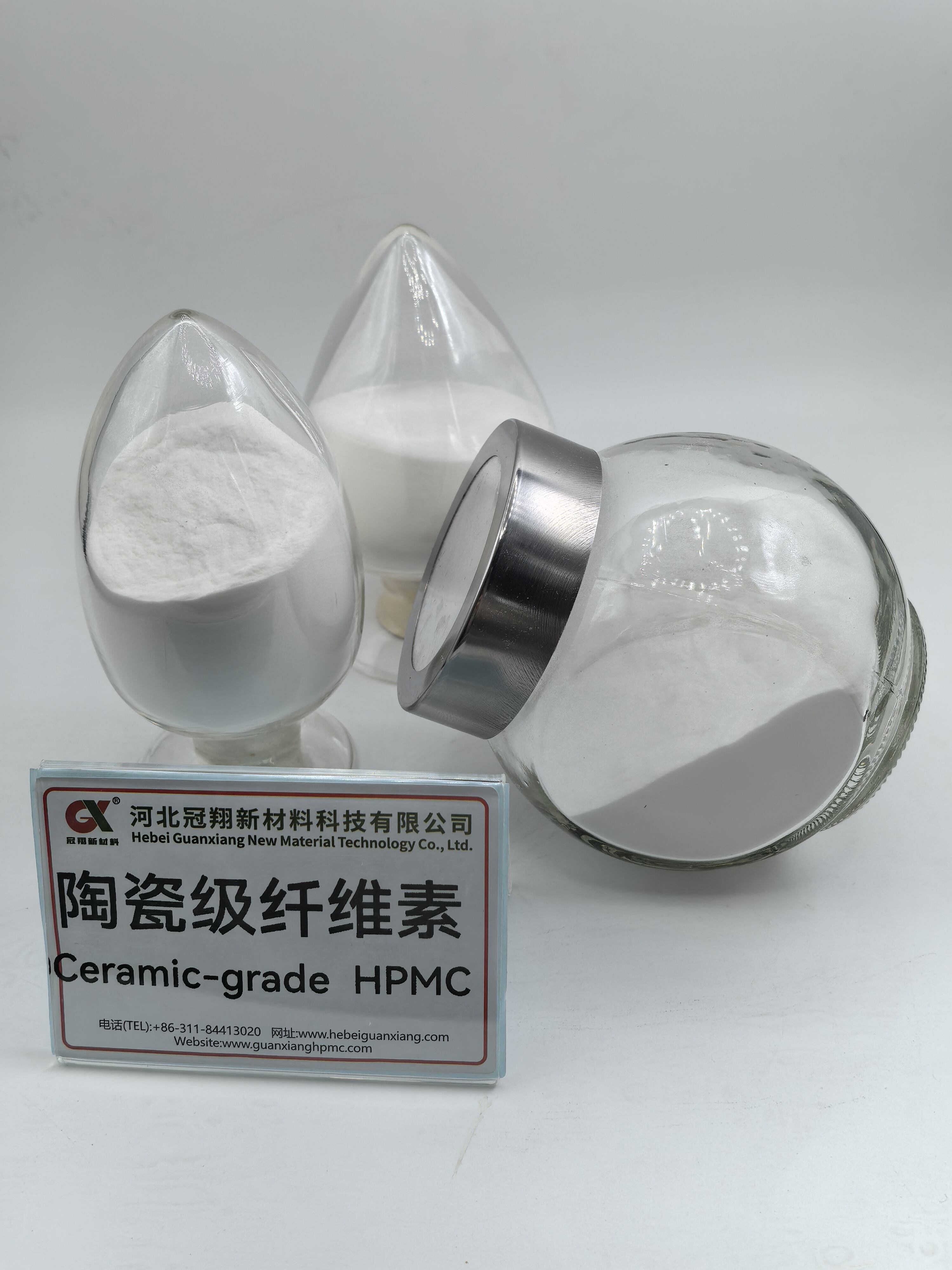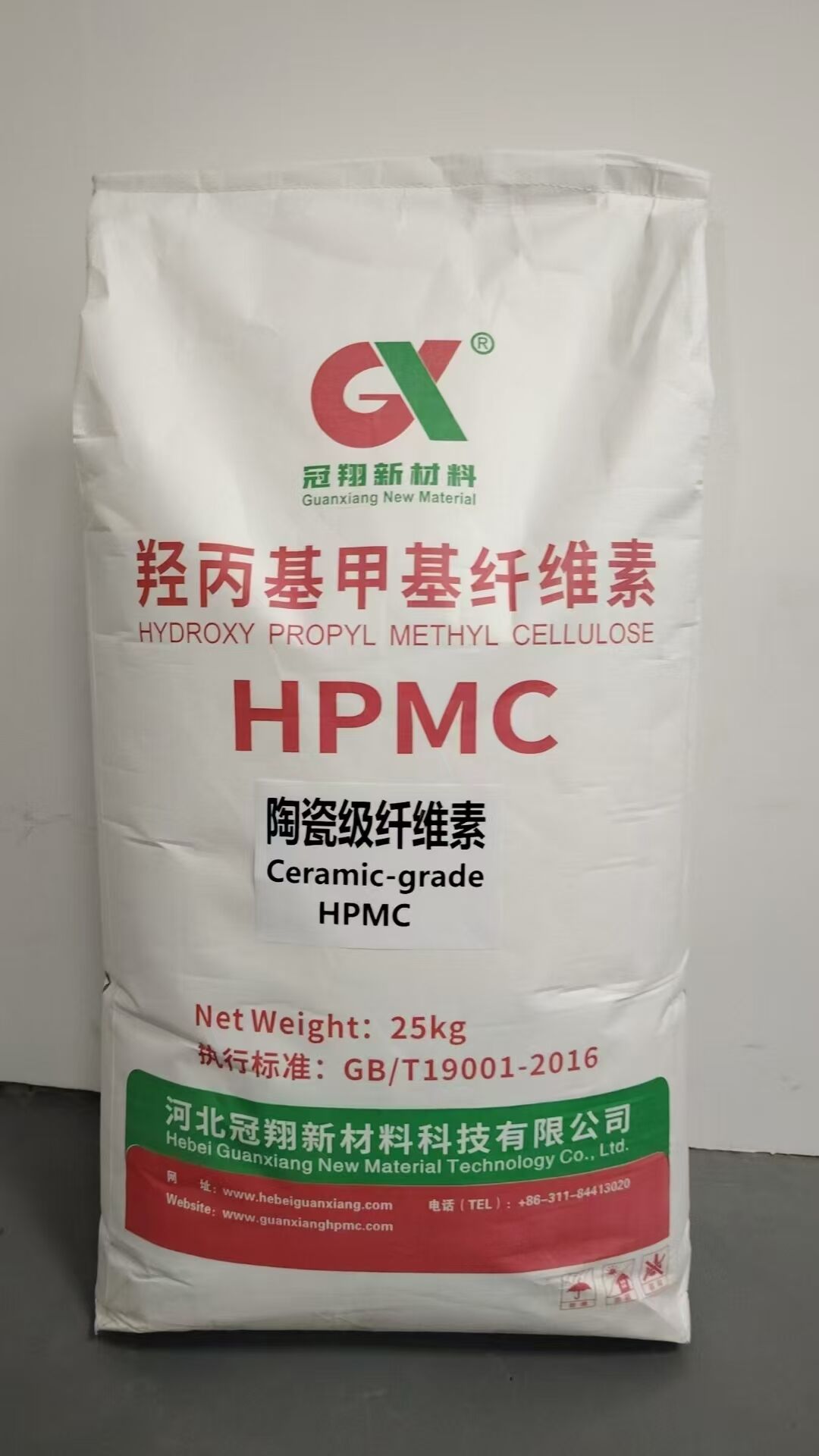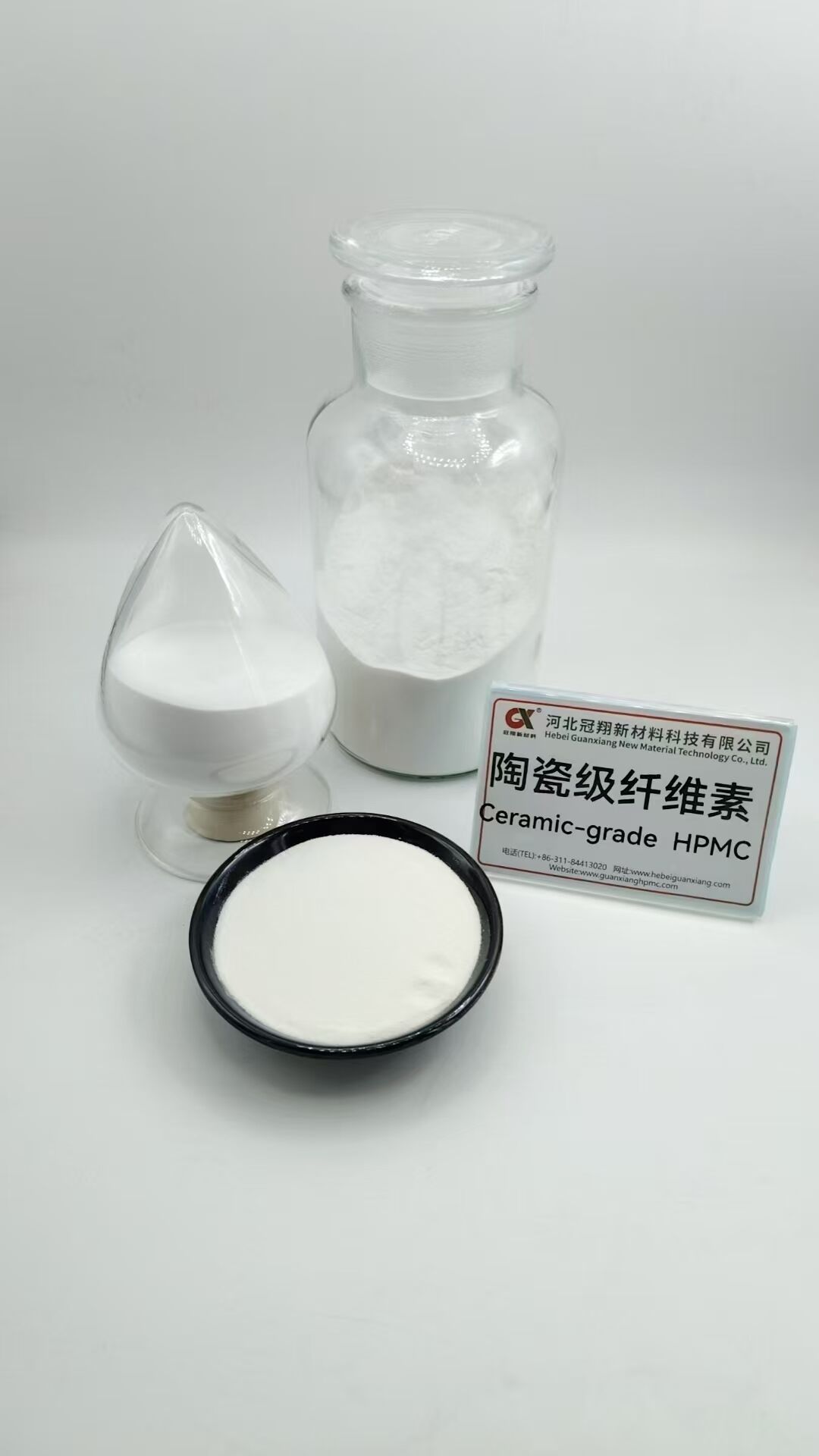ceramic grade cellulose
Ceramic grade cellulose represents a specialized form of cellulose material specifically engineered for ceramic manufacturing applications. This advanced material serves as a critical binding agent and processing aid in ceramic production, offering exceptional control over rheological properties and helping to achieve optimal forming characteristics. The material is characterized by its highly refined structure, controlled particle size distribution, and superior purity levels, making it ideal for demanding ceramic applications. In ceramic processing, it functions as a temporary binder, providing necessary green strength to ceramic bodies during forming operations and facilitating proper particle packing. The material exhibits excellent dispersion properties in ceramic slurries, contributing to enhanced stability and uniformity in the final product. Its carefully controlled specifications ensure consistent performance in various ceramic forming methods, including slip casting, tape casting, and extrusion processes. The material's unique properties allow it to burn out cleanly during the firing process, leaving minimal residual ash content that could otherwise compromise the final ceramic product's integrity. Moreover, ceramic grade cellulose plays a vital role in controlling the microstructure development of ceramic products, influencing crucial properties such as porosity, strength, and dimensional stability.


